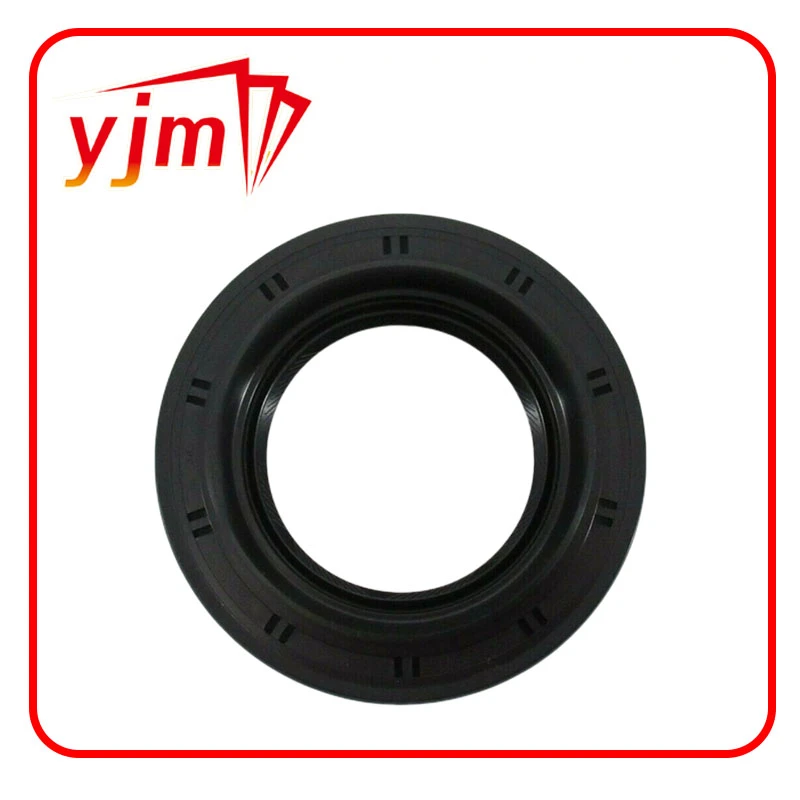Durable Wheel Seals for Heavy-Duty Vehicle Applications and Enhanced Performance
Understanding Heavy Duty Wheel Seals Essential Components for Longevity and Performance
In the world of heavy machinery and automotive applications, the wheel seal is a crucial component that plays a significant role in ensuring the longevity and efficiency of vehicles and equipment. Heavy-duty wheel seals are specifically designed to withstand extreme conditions, providing necessary protection against contaminants and moisture while retaining lubricant within the wheel hub. This article explores the importance, types, installation, and maintenance of heavy-duty wheel seals.
What is a Heavy Duty Wheel Seal?
A heavy-duty wheel seal is a specialized sealing device designed to prevent the ingress of dirt, moisture, and other contaminants into the wheel hub assembly. Additionally, it helps retain lubricants, thereby reducing wear and tear on the wheel bearings and enhancing the overall performance of the vehicle or equipment. These seals are particularly important in applications where machinery is subjected to harsh environmental conditions, such as construction sites, off-road activities, and other industrial settings.
Importance of Wheel Seals
The importance of heavy-duty wheel seals cannot be overstated. Without proper sealing, contaminants can enter the hub assembly, leading to premature bearing failure and costly repairs. Additionally, the loss of lubricant can increase friction, leading to overheating and potential breakdowns. By effectively containing lubricants and blocking contaminants, heavy-duty wheel seals ensure smooth operation, reduce maintenance costs, and extend the lifespan of critical components.
Types of Heavy Duty Wheel Seals
There are several types of heavy-duty wheel seals available in the market, each designed for specific applications and conditions
1. Rubber Lip Seals These are the most common type of wheel seals, made from various rubber compounds that offer excellent sealing capabilities against dirt and moisture.
2. Metallic Seals Often used in heavy-duty applications, these seals combine rubber sealing elements with a metal casing for added durability. They are particularly effective in high-temperature environments.
3. Double Lip Seals This design features two sealing lips instead of one, providing enhanced protection against contaminants and ensuring improved retention of lubricants.
4. Spring-Loaded Seals These seals utilize a spring mechanism to maintain pressure against the shaft, ensuring a tight seal even in fluctuating temperatures and pressures.
Installation of Heavy Duty Wheel Seals
Proper installation of heavy-duty wheel seals is crucial for their performance. Here are the general steps to follow
heavy duty wheel seal

1. Preparation Before installation, ensure that the sealing surfaces are clean and free of dirt or debris. Inspect the wheel hub for any signs of damage.
2. Lubrication Apply a thin layer of lubricant to the sealing lip to prevent damage during installation and ensure a proper seal.
3. Positioning Carefully position the seal into the hub, ensuring it is aligned correctly and seated evenly.
4. Pressing Use a seal installation tool to press the seal in place, taking care not to damage the sealing lip or the housing.
5. Final Inspection After installation, conduct a final inspection to ensure that the seal is properly seated and there are no visible gaps or misalignments.
Maintenance of Heavy Duty Wheel Seals
Regular maintenance is essential to ensure the longevity of heavy-duty wheel seals. Here are some tips for maintenance
1. Routine Inspections Regularly inspect the seals for signs of wear, damage, or leakage. Address any issues immediately to prevent larger problems.
2. Lubrication Check and replenish the lubricant levels in the wheel hub as needed, ensuring that the seals remain effective in retaining lubricants.
3. Environmental Considerations If the machinery frequently operates in harsh conditions, consider replacing the seals more regularly to ensure optimal performance.
4. Professional Guidance Consult with equipment manufacturers or professional mechanics for specific maintenance schedules and procedures based on the application and environment.
Conclusion
Heavy-duty wheel seals are vital for maintaining the performance and longevity of vehicles and equipment used in challenging conditions. By understanding their importance, types, proper installation, and maintenance, operators can significantly reduce downtime, repair costs, and enhance the overall efficiency of their machinery. Investing time and resources into quality wheel seals is a decision that pays off in the long run, ensuring smooth and reliable operation in every application.
-
Understanding Automotive Oil Seals: Essential Components for Engine and Shaft Protection
News Jul.30,2025
-
The Importance of Heavy Duty Seals in Industrial and Residential Applications
News Jul.30,2025
-
Exploring Industrial Oil Seals: From Felt Oil Seals to TTO and CFW Solutions
News Jul.30,2025
-
Essential Guide to Oil Seals: From Radial to Metal-Cased Seals for Industrial Reliability
News Jul.30,2025
-
Choosing the Right Oil Seals and Gaskets for Industrial and Automotive Applications
News Jul.30,2025
-
Cassette Seals: Durable Sealing Solutions for Harsh Environments
News Jul.30,2025
-
Understanding the Front Main Engine Seal: Purpose, Maintenance, and Installation
News Jul.29,2025
Products categories















